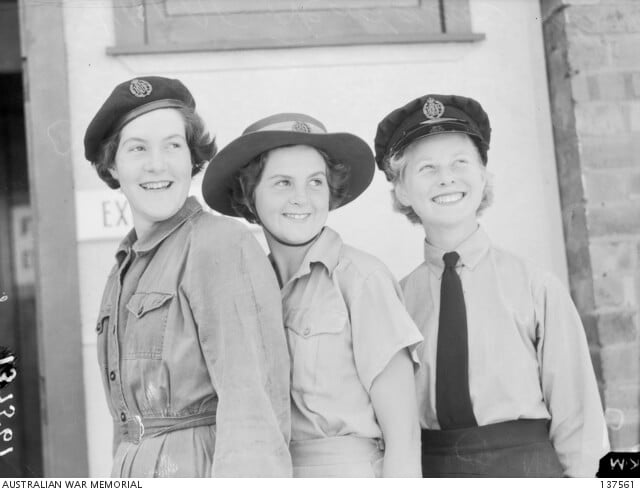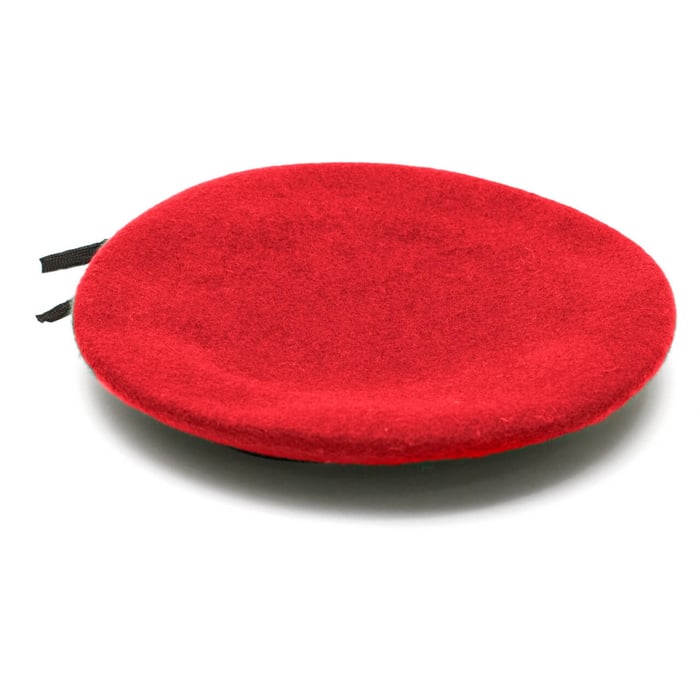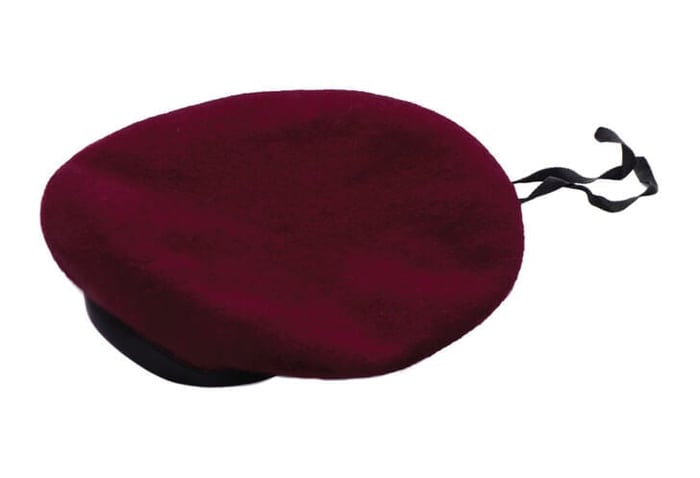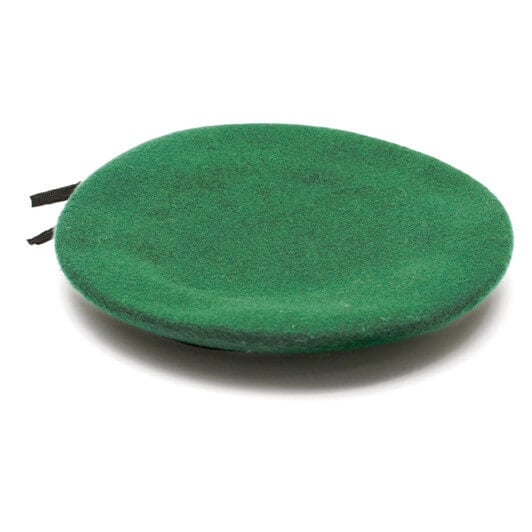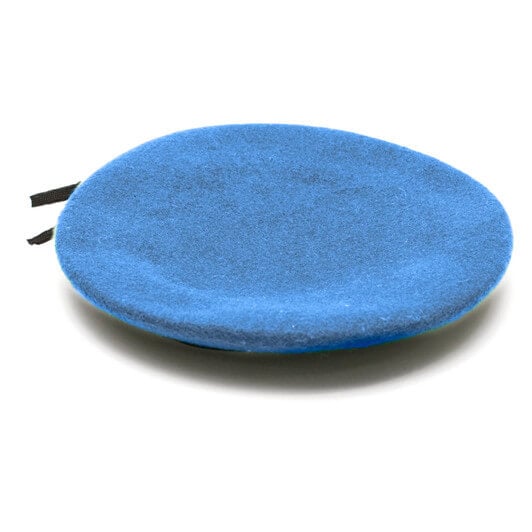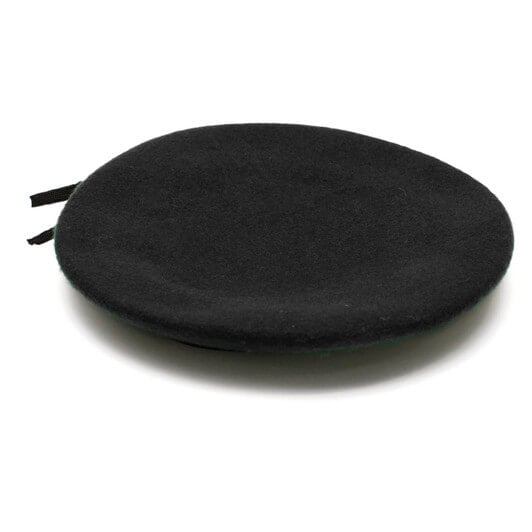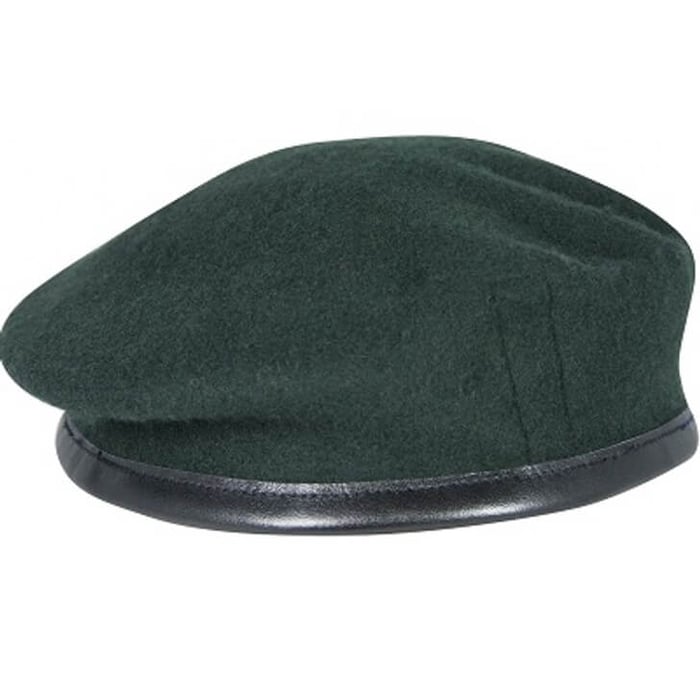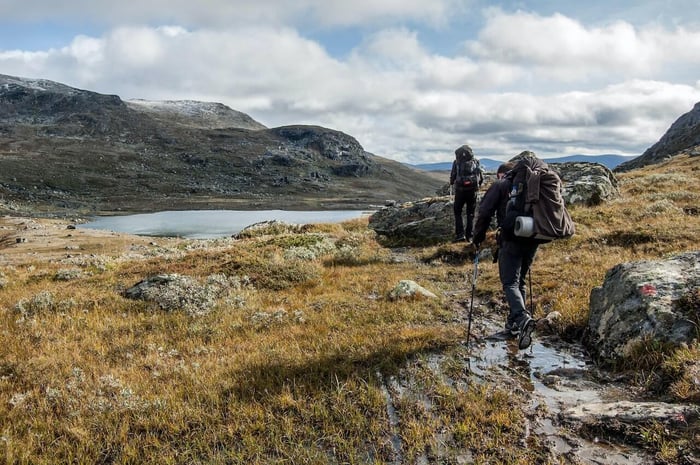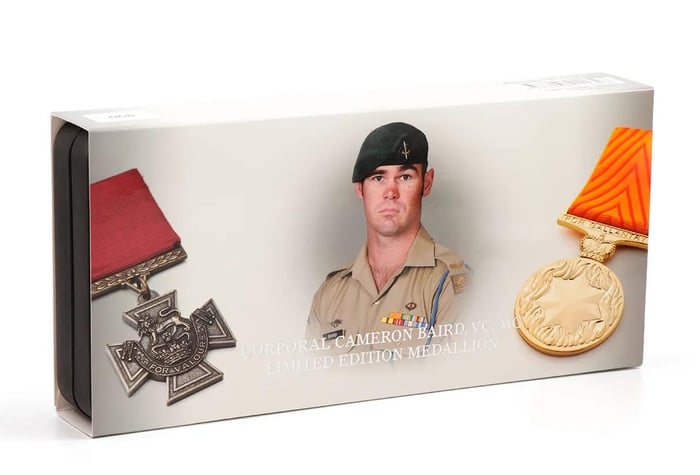
How to Wear and Prepare a Military Beret
The beret has been a prominent part of military uniform around the world for many years, and the Australian Defence Force (ADF) is no exception. In fact, the beret has been a part of the ADF's uniform since the 1940s. Originally worn by the Special Air Service (SAS) and the Commandos, the beret has since become a symbol of distinction for various units within the ADF. Today, the beret is worn by a range of units, from the Royal Australian Corps of Military Police to Airfield Defence Guards and is recognised as an iconic part of the ADF's uniform.
Members of the Women's Auxiliary Australian Air Force Air Force (WAAAF) showing three types of uniform and headdress. Left to right: Working dress-overalls and beret,; Tropical Dress - shorts, shirt and fur felt hat; Service Dress - blue shirt, black tie, blue skirt, and cap.
While it may seem like a simple piece of clothing, there are certain rules and procedures that must be followed to ensure that the beret looks sharp and professional. Members must ensure that they have the right beret colour for their respective unit or corps and that it is in proper condition. Confirm with your chain of command as well as the table below.
It's critical to measure your head accurately to ensure a proper fit. Use a tape measure around the circumference of your head 2 cm above your eyebrows, the tape should be snug but not tight. If you find yourself in-between our available sizes, don't worry – you can always tighten the drawstring for a better fit. Just keep in mind that a size 54 beret, for example, corresponds to a head circumference of 54cm. With that in mind, let's move on to the proper way prepare and wear your beret for the ADF.
How To Prepare A Beret
Military berets are not designed to be worn off the rack, to properly prepare them follow these guidelines:
- Using a disposable single bladed razor, carefully shave the beret until it has a smooth even surface.
- Take the beret and submerge it in warm (not hot) water.
- Once soaked wet, put the beret on the head and pull the stiffener over the left eye.
- Pull the headband drawstring tight and tie it off in a square knot. (Do not cut it yet.)
- Smooth the material over the head and pull it down towards the right ear. It should just touch the ear or be just below that. Wear and continue to shape the beret until it is nearly dry.
- Carefully remove the beret and set it down to dry. The beret may need to be shaped several times to get it right.
- Once you are satisfied with the shape, cut the excess drawstring off and sew the bow onto the band.
How To Wear A Beret
Once you have shaped your beret and are happy with the results now you can wear your beret as part of your uniform. To correctly wear the beret, the band should be 2-3 cm above the eyebrows, the band is level on the forehead and even from front to back on your left side. Pull down the crown of the beret to the right and align the Corps, regiment, or unit badge vertically just over the left eye. It is critical to note that the beret should not be carried tucked under the epaulette, through belt loops or in pockets. This is to ensure that the beret keeps its shape and still is in good condition.
By following the ADF's guidelines for wearing and preparing berets, members can ensure a sharp and professional appearance.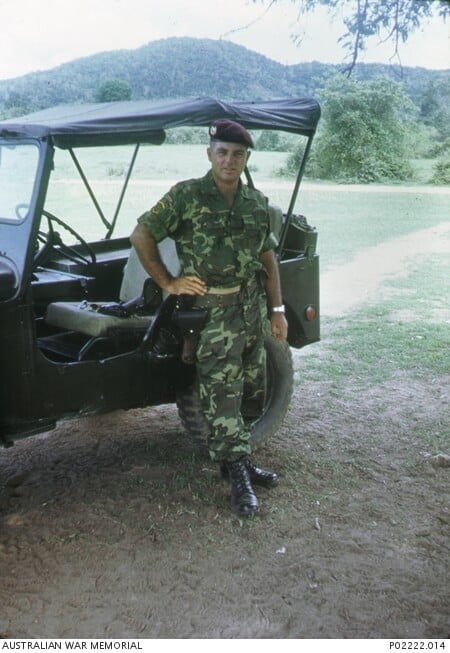
Warrant Officer Class 2 (WO2) Brian E. Betts, Australian Army Training Team Vietnam (AATTV), standing beside a Jeep. He was an instructor providing assistance to an Army of the Republic of South Vietnam (ARVN) Ranger training unit. WO2 Betts is wearing camouflage uniform and the dark red beret of the ARVN Rangers. It was common for AATTV members to wear the headdress of the South Vietnamese units they were attached to. This year is the Year of the Vietnam Veterans. Read more and join the conversation here.
Do you want to look your best? Check out Contact Gear Australia's 100% wool berets from the Military Shop which has been proudly providing quality products to military, police and security organisations and their members for over 30 years.




